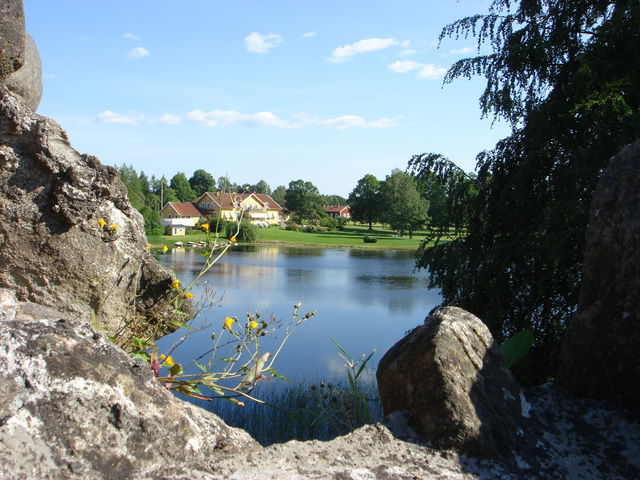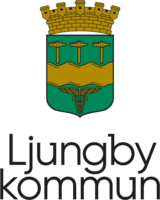
Discover Ljungby’s history - visit ‘don’t miss’ and ‘I had no idea’ places
During the winter of 2023, the series “Historien om Sverige” (The History of Sweden) was…
Biking
On a bicycle along the Lagan Valley, searching for historical sites.
There are hundreds of historical sites around us. In the Lagan Valley, there are many, ranging from the Stone Age to the Iron Age. Some are well-known, while others have been more or less forgotten. Some are impressive, while others are unassuming. The allure of the Lagan River has led to the creation of a rich cultural landscape along its banks. The river provided water, fertile soil, rich pastures, and served as an important transportation route. In ancient times, the first paths were created in the valley, leading to the Lagastigen—a key medieval road in Sweden. Since then, roads have been further developed and expanded. Today, we use the former railway embankment for cycling, and the Riksettan for a more relaxed route that still follows the Lagan River. Traces of people and past eras still exist in our forested and sparsely populated areas; it’s just a matter of finding them.
In few areas of southern Sweden do historical sites play such a crucial role in shaping the cultural landscape as in the municipality of Ljungby. Along with other features, such as communication structures, clear connections emerge in the landscape. The Iron Age grave fields along the Lagaån River and in the central region have played a significant role long after their creation. The grave fields in Lagadalen are often large and exhibit a characteristic homogeneity typical of the Finnveden region. These graves primarily consist of carefully constructed mounds, often with edge grooves that give them distinct profiles. For example, the Kånna mounds south of Ljungby—with nearly 300 structures—are one of Småland’s largest grave fields from this period. Much suggests that settlements near these grave fields have remained in the same location since the Iron Age. The burial mounds are often monumental and occupy prominent positions in the landscape. They were mainly built during the Bronze Age, and their distribution is closely tied to the central region. Similar to the Iron Age grave fields, they often have their own names and associated traditions.
The proposed tour involves cycling on a bike path and occasionally on busy roads.
Head north on your bicycle along the old railway embankment. The tour will take you past Småland’s largest ship setting in Össlöv, the runestones in Trotteslöv, Berga Church, and Toftaholm.
The suggested route includes a bike path and parts of the busy Riksettan road. You’ll cross the Riksettan at various points to reach the historical sites. Starting from Ljungby, head north along the old railway embankment through Kronoskogen toward Lagan/Vittaryd, crossing Sundet and Vällingasjön until you reach the Riksettan. In Lagan, head toward Åby and choose the road via Fallnaveka/Sickinge to return to Ljungby.
Along the tour, you’ll pass by:
This text is AI-generated.

Ask a question to other Naturkartan users.